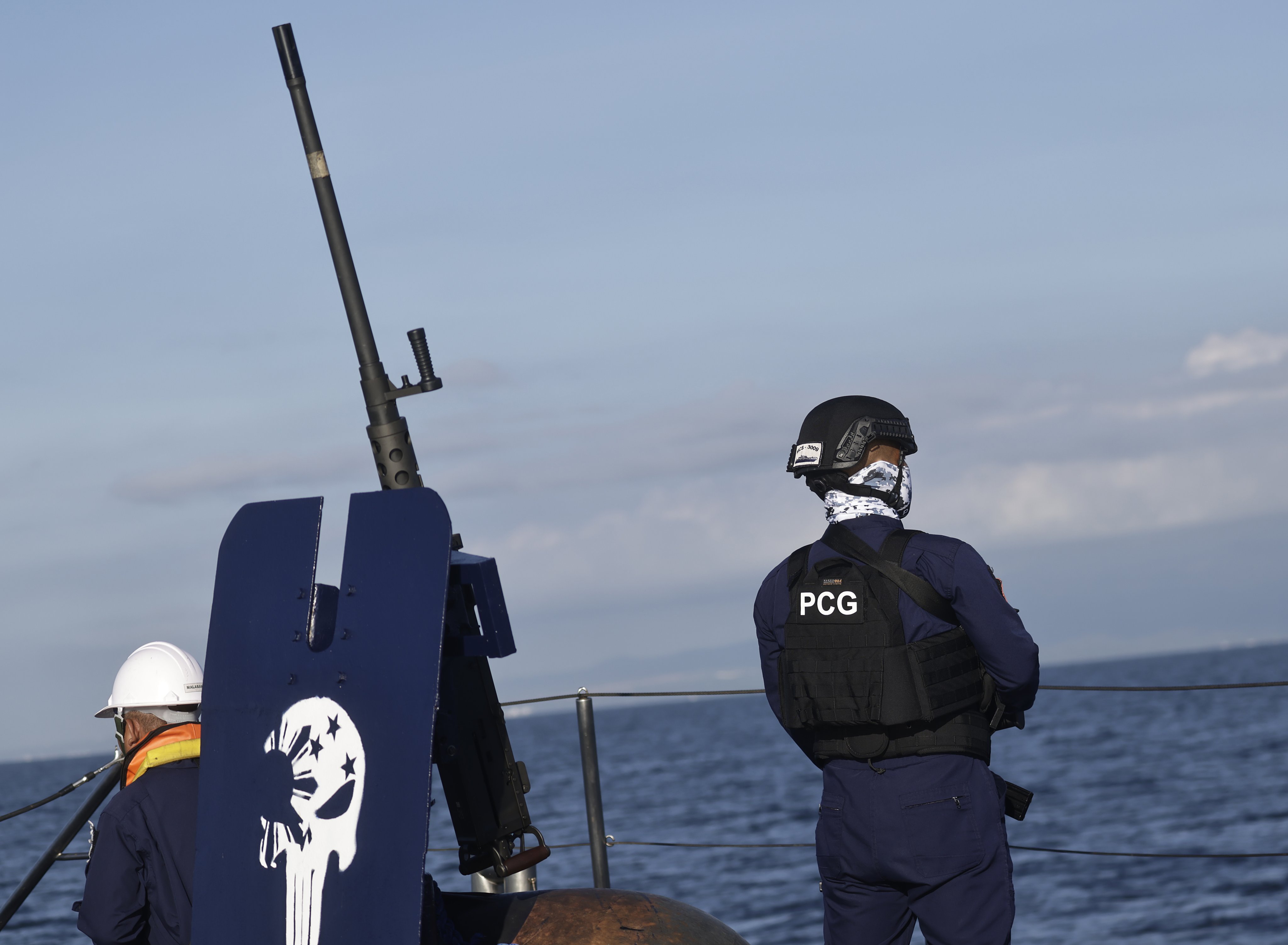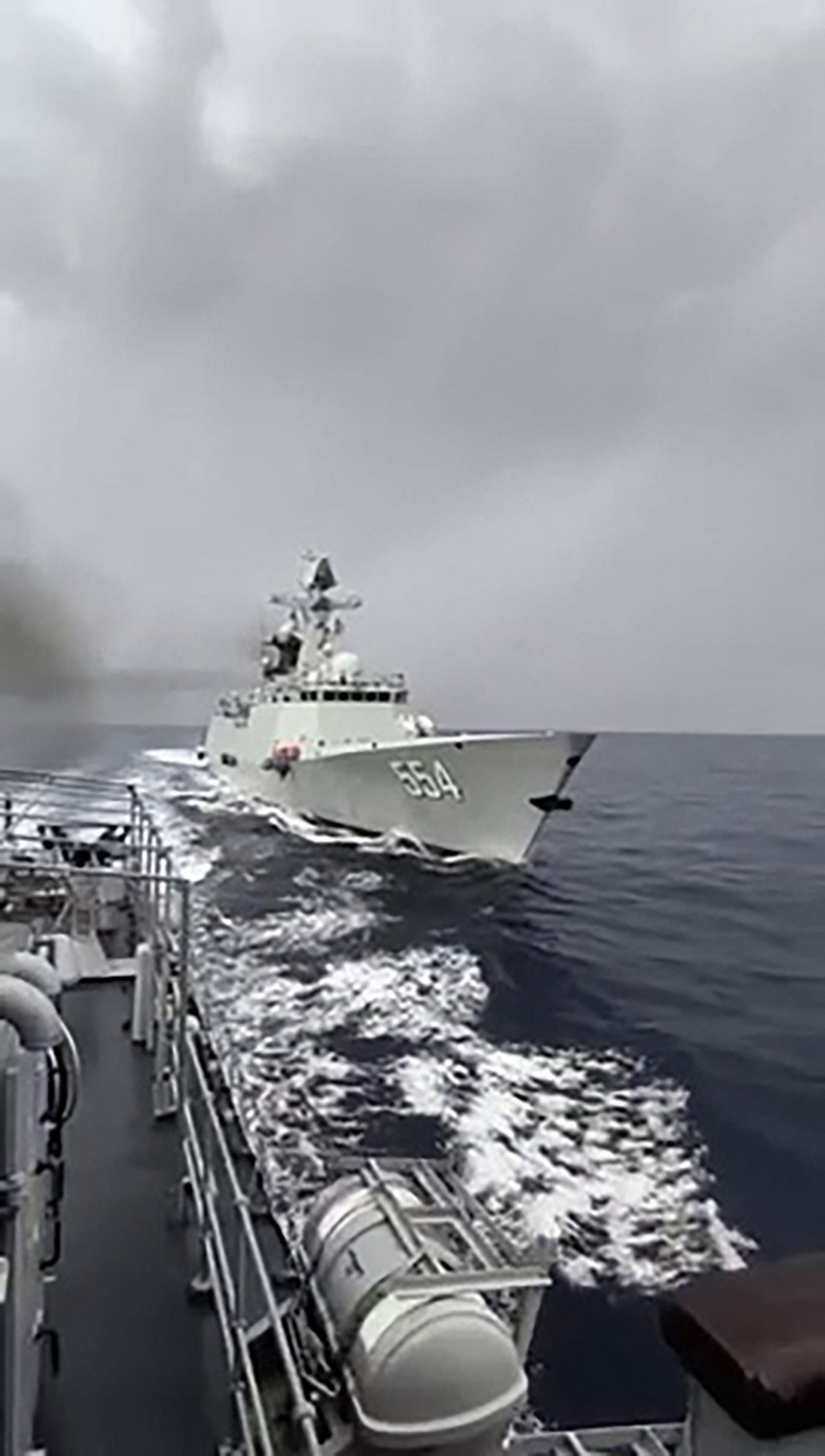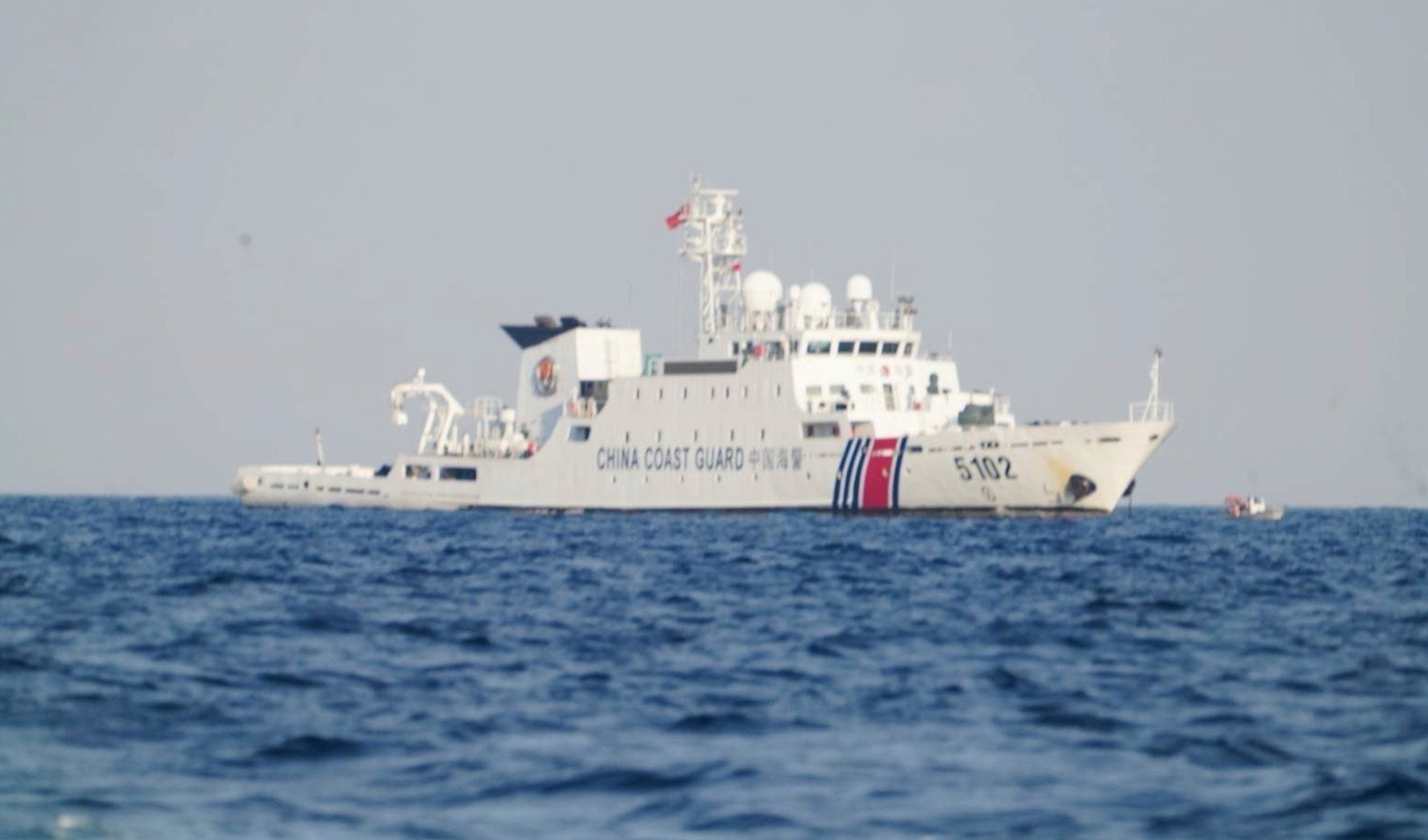No more ‘flip-flopping’? Philippines plans long-term South China Sea strategy
After swinging between Beijing and Washington, Manila seeks a steadier maritime policy that will endure beyond the current administration

The Philippines is drafting a long-term strategy to safeguard its claims in the South China Sea, aiming to preserve its assertive maritime stance beyond the administration of President Ferdinand Marcos Jnr, according to the country’s national security chief.
The move, observers said, could help Manila avoid the “pendulum” swing that had seen its foreign policy shift repeatedly between Washington and Beijing in recent years, and instead forge a more consistent approach rooted in national interest.
At a security forum on Tuesday, National Security Adviser Eduardo Año said the initiative was a direct response to “China’s baseless, excessive and expansive territorial claims, militarisation, and confrontations with its neighbours”.
Año, who also heads the National Security Council, cited Beijing’s activities in Scarborough Shoal – known in the Philippines as Bajo de Masinloc – where Chinese coastguard and militia vessels have maintained a presence since a 2012 stand-off.
“[Their presence] is a clear contrast to what we advance in our collective pursuit of a stable, just and rules-based maritime order,” Año said. “Even more concerning, our other rightful territories, not just Bajo de Masinloc, have been subjected to adverse claims and illegal occupation or control.”
The South China Sea has long been a source of friction between the Philippines and China due to overlapping territorial claims. Manila refers to its claimed portion as the West Philippine Sea, and has accused Beijing of increasingly aggressive grey-zone tactics – coercive measures that stop short of open conflict – to assert control over it in recent years.
Año said that the current tensions between the Philippines and China were “a reality that we cannot disregard”.
“The Philippines recognises that challenges in the South China Sea are unlikely to diminish any time soon. The situation becomes even more complex due to potential flash points in the area, which continue to evolve amid rising geopolitical and geoeconomic tensions and shifting global security dynamics,” he said.
Stopping the ‘pendulum’
Analysts welcomed the long-term policy push but warned that Manila must adopt a more “comprehensive statecraft” that moved beyond information campaigns and diplomatic protests.
Joshua Espeña, an international relations lecturer at the Polytechnic University of the Philippines, said the government’s current practice of “assertive transparency” – which involved documenting and publicly sharing China’s maritime activities through coastguard patrols, media briefings and surveillance footage – was effective in raising awareness but insufficient on its own.
“While the informational domain through the Philippine Coast Guard’s assertive transparency is well-appreciated, the Philippine government must complement it with other instruments of power,” Espeña said.
This included strengthening the country’s supply chains through public-private partnerships, connectivity and community-based governance, Espeña said, as well as congressional support for a more “nuanced defence budget” that would allocate funding for the Armed Forces of the Philippines’ modernisation programme.

Chester Cabalza, founder and president of the Manila-based International Development and Security Cooperation think tank, said a long-term policy in the West Philippine Sea would mean a “consistent and continued policy regardless of change in administration after President Marcos steps down in 2028”.
“This is a bolder pronouncement after Manila flip-flopped in its West Philippine Sea policy, changing its pendulum from Washington to Beijing to Washington [again],” he said.
Although the Philippines has long been a US treaty ally, it shifted towards a more pro-Beijing stance under former president Rodrigo Duterte, who in 2016 declared the country’s “separation” from the US during a visit to China.
In 2024, Duterte revealed that he had entered into an unwritten agreement with Chinese President Xi Jinping to maintain the status quo in the West Philippine Sea – a disclosure that triggered public backlash and accusations of treason.
Cabalza said a durable strategy would need to prioritise Filipino interests above all: “It is expected that the pendulum should stop in the middle or should be more pro-Manila to sustain its own national interest amid the hegemonic rivalry of the two superpowers in the Indo-Pacific region.”
Año said the long-term approach being crafted would be anchored on a “robust, credible and self-reliant defence system” capable of responding to threats to the country’s sovereignty and maritime rights.

Sherwin Ona, an international fellow at Taiwan’s Institute for National Defence and Security Research, said Manila was likely to pursue a “whole-of-society” strategy that combined diplomatic, military, economic and informational tools.
He said this would probably include a strengthened alliance network via visiting forces agreements covering cooperation in areas such as cyber defence, countering disinformation and developing the country’s defence industry.
The Philippines was likely to prioritise “flagship items” such as multi-role fighters, submarines and frigate programmes, alongside building its area denial and anti-access systems and maritime domain awareness capabilities, he added.
Other observers shared similar views.
Cabalza noted that the Philippines’ recent defence agreements with Australia, Japan and New Zealand served as “good templates” for other military pacts under consideration, including with France and Britain.
“The attractiveness of Manila will surely be replicated by its neighbouring Southeast Asia. But what Manila can naturally offer would be its geostrategic importance,” he said.
Future strategic partnerships should go beyond simply acquiring platforms, and include “technical assistance, maintenance packages and integrated logistics systems”, Espeña added.